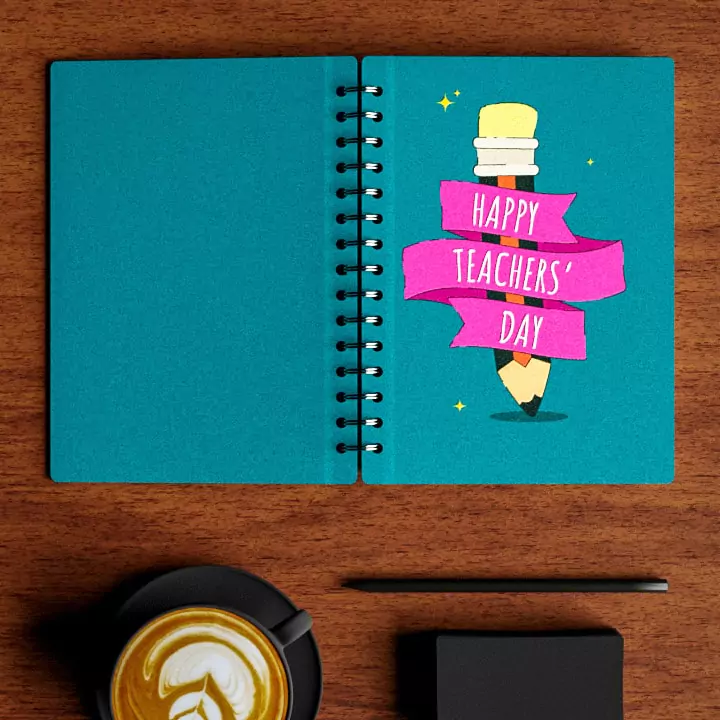In custom notebook printing, selecting the right binding style is crucial to ensure durability, functionality, and aesthetic appeal. Let’s explore the various binding options available and their characteristics to help you choose the perfect binding style for your custom notebooks.
Importance of Binding
Binding not only holds the pages of a notebook together but also determines how the notebook functions and feels. The binding style affects factors such as lay-flat capability, durability, and overall aesthetics.
Furthermore, the binding style can influence the user experience by impacting how easily the notebook can be opened, how securely the pages are held together, and how comfortable it is to handle and write in. Additionally, different binding styles may offer unique features or benefits, such as allowing pages to be easily added or removed, providing additional space for expansion, or enhancing the overall durability of the notebook. Considering these factors is crucial when selecting the most suitable binding style for your custom notebooks to ensure they meet your specific requirements and enhance the overall user experience.
Common Binding Styles
Spiral Binding
Spiral binding, also known as coil binding, involves a continuous plastic or metal coil threaded through punched holes along the notebook’s spine. This binding style allows for 360-degree rotation and lay-flat capability, making it ideal for notebooks that need to be opened flat and have pages turned easily.
Wire-O Binding
Wire-O binding consists of double-loop wires that are inserted through punched holes along the notebook’s spine and then crimped to secure the pages in place. This binding style offers a professional appearance and allows for lay-flat functionality, making it suitable for notebooks intended for presentations, manuals, or reference materials.
Perfect Binding
Perfect binding involves gluing together the individual pages of the notebook to a cover along the spine edge. This binding style creates a clean and professional-looking spine but does not allow for lay-flat functionality. Perfect binding is commonly used for notebooks with larger page counts, such as journals, novels, or workbooks.
Saddle Stitch Binding
Saddle stitch binding involves folding sheets of paper in half and stapling them together along the fold line. This binding style is cost-effective. It is suitable for notebooks with a smaller page count, such as brochures, pamphlets, or pocket-sized notebooks.
Specialty Binding Styles
Case Binding
Case binding, also known as hardcover binding, involves sewing together individual signatures and attaching them to a hardcover. This binding style offers durability and a premium look. It feels making it suitable for high-end notebooks, journals, or commemorative books.
Japanese Stab Binding
Japanese stab binding is a traditional binding method. It involves sewing the pages of the notebook together with decorative stitching along the spine edge. This binding style allows for creative customization and is ideal for handmade or artisanal notebooks.
Conclusion
Choosing the perfect binding style is crucial for tailor-making your custom notebooks to fit your exact requirements. Whether you prioritize functionality, durability, or aesthetics, there exists a binding style perfectly suited for your project. With an extensive array of options at your disposal, you can craft custom notebooks that not only serve their purpose effectively but also boast visual appeal and robustness, ensuring they stand the test of time. ARC Print India stands ready to assist you in this endeavor, offering expertise and resources to bring your custom notebook vision to life.
